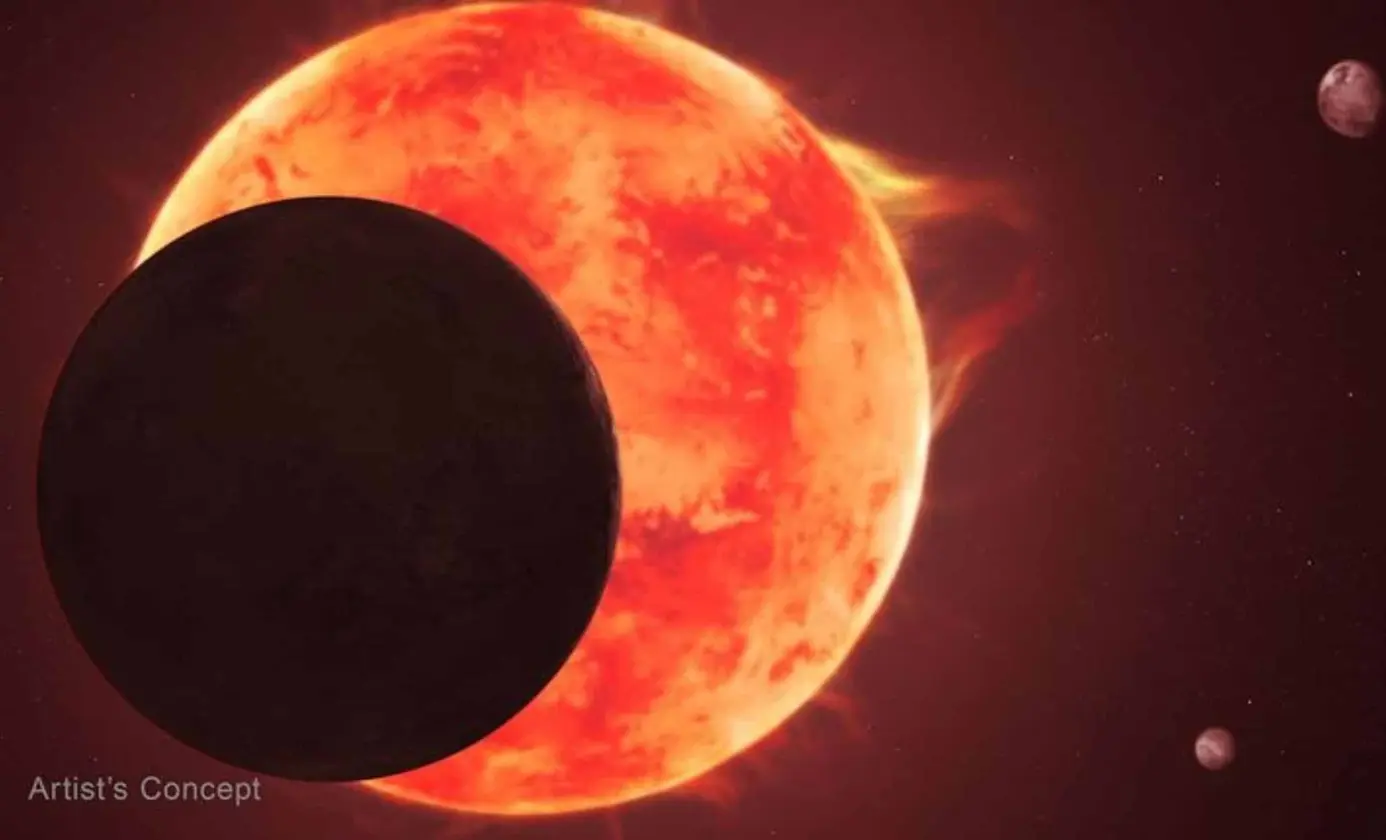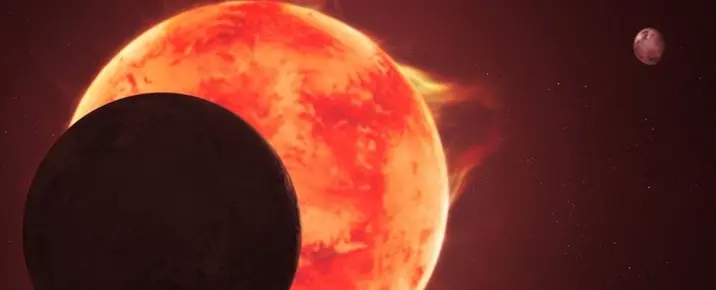T4K3.news
TRAPPIST-1 d Update
NASA's JWST finds no Earth-like atmosphere on TRAPPIST-1 d, reshaping the hunt for an Earth twin.

NASA's JWST finds no Earth-like atmosphere on TRAPPIST-1 d, reshaping expectations for an Earth twin.
TRAPPIST-1 d Lacks Earth-like Atmosphere
The TRAPPIST-1 system contains seven Earth-sized planets orbiting a dim red dwarf. TRAPPIST-1 d sits in the star’s habitable zone, which had scientists hopeful it could retain an atmosphere suitable for liquid water. Using NASA’s James Webb Space Telescope, researchers studied the planet with the Near Infrared Spectrograph, but no signatures of water vapor, methane, or carbon dioxide were detected.
Researchers caution that the absence of those signals does not prove the planet is barren. Explanations include a very thin atmosphere similar to Mars, thick high altitude clouds masking signatures like Venus, or no atmosphere at all. The planet’s proximity to the star and the star’s flares could strip away air over time, while planets farther out in the system might still hold onto atmospheres.
Key Takeaways
"Ultimately, we want to know if something like the environment we enjoy on Earth can exist elsewhere, and under what conditions."
Piaulet-Ghorayeb on Earth's environment and JWST exploration.
"There are a few potential reasons why we don’t detect an atmosphere around TRAPPIST-1 d."
Piaulet-Ghorayeb on possible explanations.
"All hope is not lost for atmospheres around the TRAPPIST-1 planets."
Domagal-Goldman on ongoing prospects.
"As NASA leads the way in searching for life outside our solar system, one of the most important avenues we can pursue is understanding which planets retain their atmospheres, and why."
Domagal-Goldman on research priorities.
This result nudges back expectations that TRAPPIST-1 d could be a close Earth twin. It also underscores how challenging habitability is around red dwarfs, where intense stellar activity can erode atmospheres even for rocky, Earth-sized worlds. The JWST finding is technically a win for the science of exoplanets because it narrows the field and sharpens questions.
Going forward, scientists may shift focus to the more distant planets in the TRAPPIST-1 system and to new missions like Habitable Worlds Observatory. The work reminds us that habitability is a spectrum not a single yes or no answer. It also calls for clearer communication with the public about what a planet must have to support life.
Highlights
- The universe keeps its secrets, but the quest continues.
- Habitability remains elusive in a harsh cosmos.
- We test the edges of where life could exist.
- Atmospheres reveal more than color in the night sky.
The universe keeps its secrets, but the quest to understand them keeps moving forward.
Enjoyed this? Let your friends know!
Related News

JWST Finds No Earthlike Atmosphere on TRAPPIST-1 d

Halo Infinite Fall Update launches August 5

Call of Duty Season 5 Goes Live Tomorrow

Lions depth chart updated ahead of Falcons game

Evo 2025 results being updated live

Late penalty seals draw for Ipswich

New hotfixes released for World of Warcraft gameplay issues

iOS 18.6.1 update available
